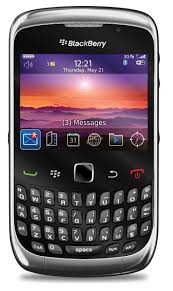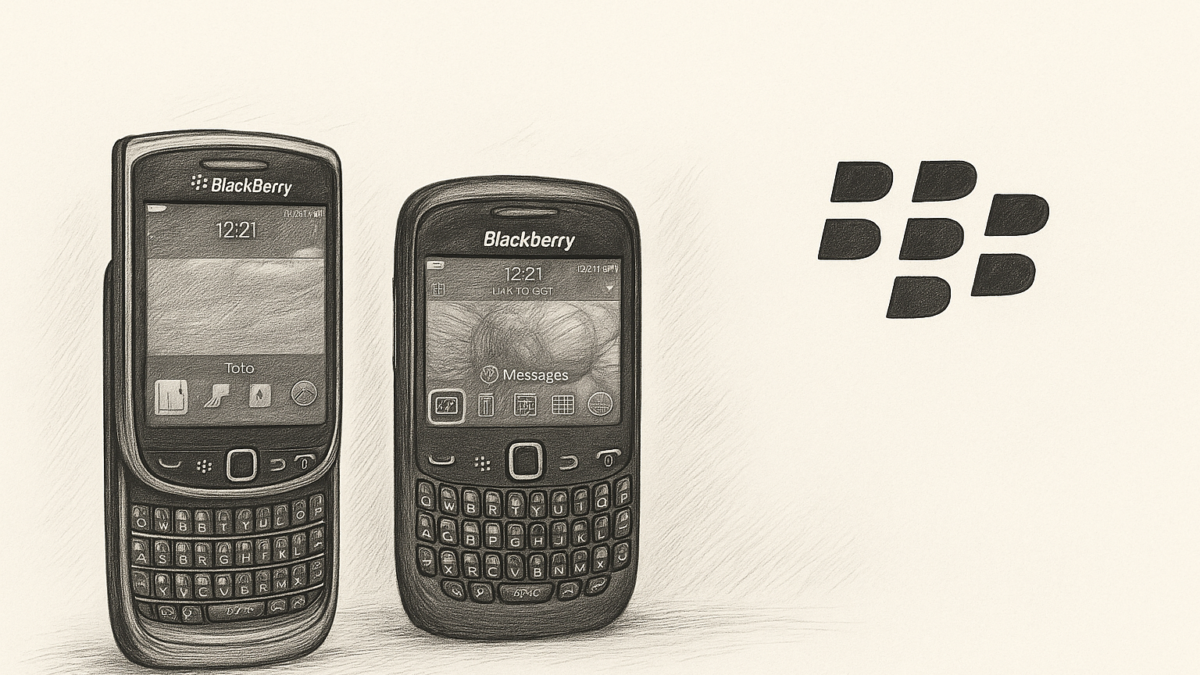What Happened to BlackBerry in India? Rise, Fall & Lessons Learned
Table of Contents
Introduction
Once a dominant player in the Indian smartphone market, BlackBerry was known for its secure messaging and iconic QWERTY keyboard. However, despite its early success, the brand struggled to maintain its stronghold and eventually faded into obscurity. So, what led to this decline? This article explores its journey, the key reasons behind its downfall, and the lessons businesses can learn from its mistakes.
The Rise of BlackBerry in India

During the early 2000s, the company was synonymous with business-class smartphones. Several factors contributed to its initial success in India:
- Exclusive Business Appeal: Catering to professionals, it offered secure email and BBM (BlackBerry Messenger), which became a status symbol among executives.
- Government & Enterprise Adoption: Many Indian businesses and government agencies adopted the brand for its unmatched security features.
- First-Mover Advantage: Before the smartphone boom, there was little competition, making it the preferred choice for corporate users.
By 2010, the brand had a strong user base in India, but cracks in its dominance were already forming.
The Fall in India

Failure to Adapt to Changing Consumer Preferences
One of the biggest mistakes was not evolving with market demands. Consumers were shifting towards touchscreen smartphones with advanced apps, yet the company clung to its QWERTY design for too long.
Competition from Android & iOS
With the rise of Apple’s iPhone and Android-powered smartphones from brands like Samsung and Micromax, the company struggled to keep up. These competitors offered:
- Better App Ecosystem: Apple’s App Store and Google Play Store provided thousands of apps, whereas BlackBerry’s ecosystem was limited.
- Touchscreen Innovation: Full-touch devices became mainstream, leaving QWERTY devices less desirable.
- Affordable Pricing: Android smartphones were available at various price points, making them more accessible to Indian consumers.
- Operating System & App Gap: The proprietary OS could not compete with Android and iOS. It lacked app support, discouraging developers and users alike. Even the introduction of BlackBerry 10 in 2013 failed to revive the declining market share.
- BBM’s Missed Opportunity: BlackBerry Messenger (BBM) was once a revolutionary messaging service, but the company failed to capitalize on its potential. With the rise of WhatsApp and other cross-platform messaging apps, BBM lost relevance as it remained exclusive to its devices for too long.
- Delayed Android Adoption: By the time the transition to Android-based smartphones happened with the BlackBerry Priv in 2015, it was too late. Consumers had already moved on to brands offering better features at competitive prices.
- Security Concerns & Government Scrutiny: While security was the biggest strength, it also became a liability. The Indian government raised concerns about encrypted communication on these devices, leading to regulatory challenges and restrictions.
- Lack of Strong Marketing & Brand Positioning: Unlike Samsung, Apple, and emerging Chinese brands, there was no aggressive marketing or brand repositioning. This led to a gradual loss of consumer interest.
Key Lessons from the Fall in India
- Adaptability is Key: Companies must evolve with changing consumer preferences and technological advancements. Sticking to outdated models can lead to decline.
- Invest in Ecosystem Development: A strong app ecosystem can make or break a smartphone brand. The failure to attract developers was a major drawback.
- Timing Matters in Innovation: Late adoption of touchscreens and Android cost the company the market. Timing is crucial when it comes to tech innovations.
- Even the best technology needs strong branding and marketing efforts. Apple and Samsung succeeded partly due to their aggressive marketing strategies.
Conclusion
The downfall in India serves as a cautionary tale for tech companies. While it once ruled the market, the failure to innovate and adapt led to its decline. Today, the brand has pivoted to cybersecurity and enterprise solutions, but its impact in the smartphone industry remains a distant memory.
What’s Your Take?
Do you think the brand could have survived with better strategies? Share your thoughts in the comments below!
Looking for the latest updates on mobile technology? Subscribe to our newsletter for in-depth insights and trends!
You May Also Like: Vertu: The Pinnacle of Luxury Mobile Phones





